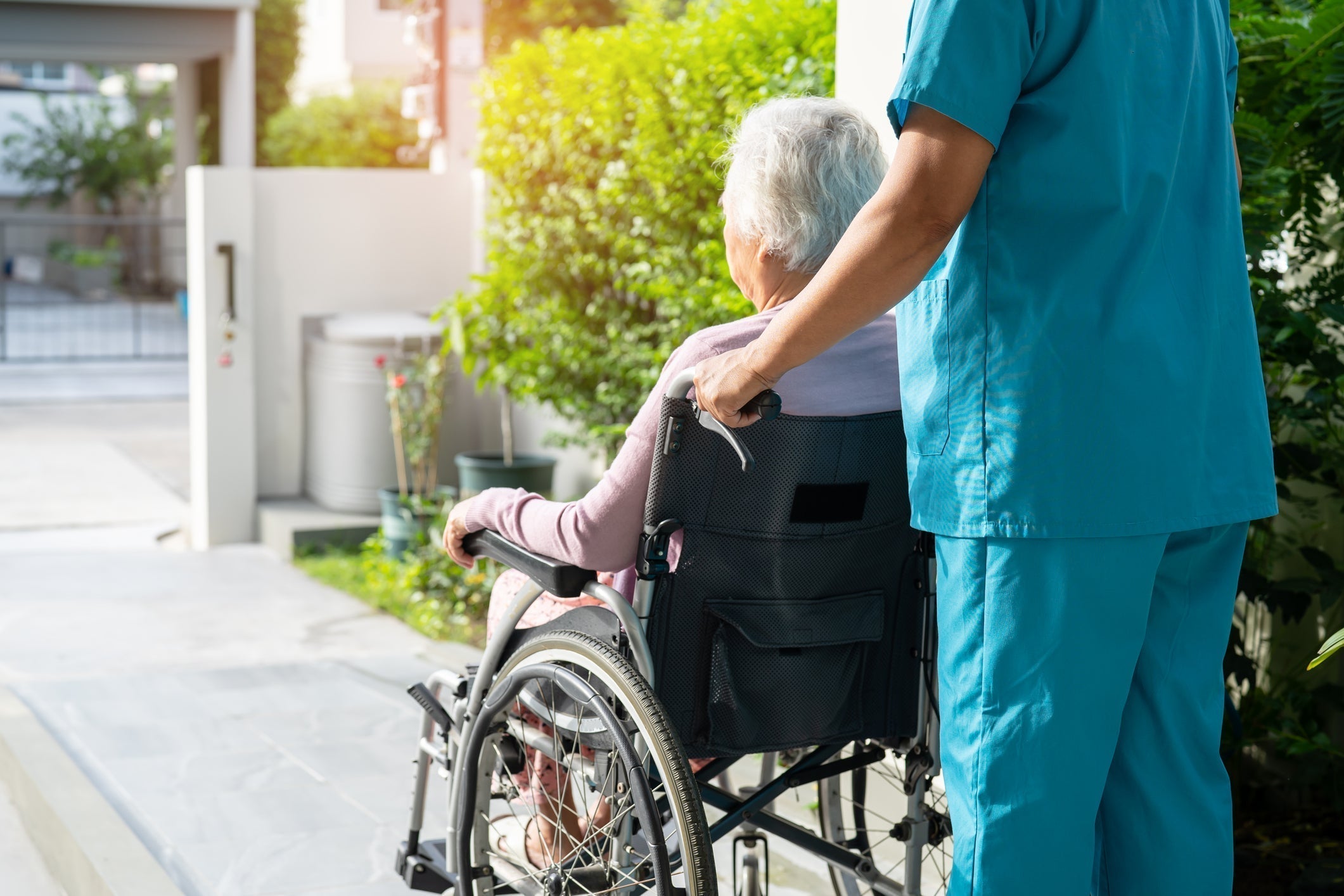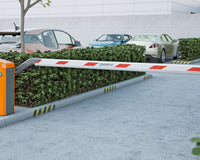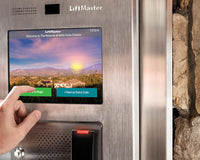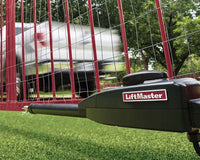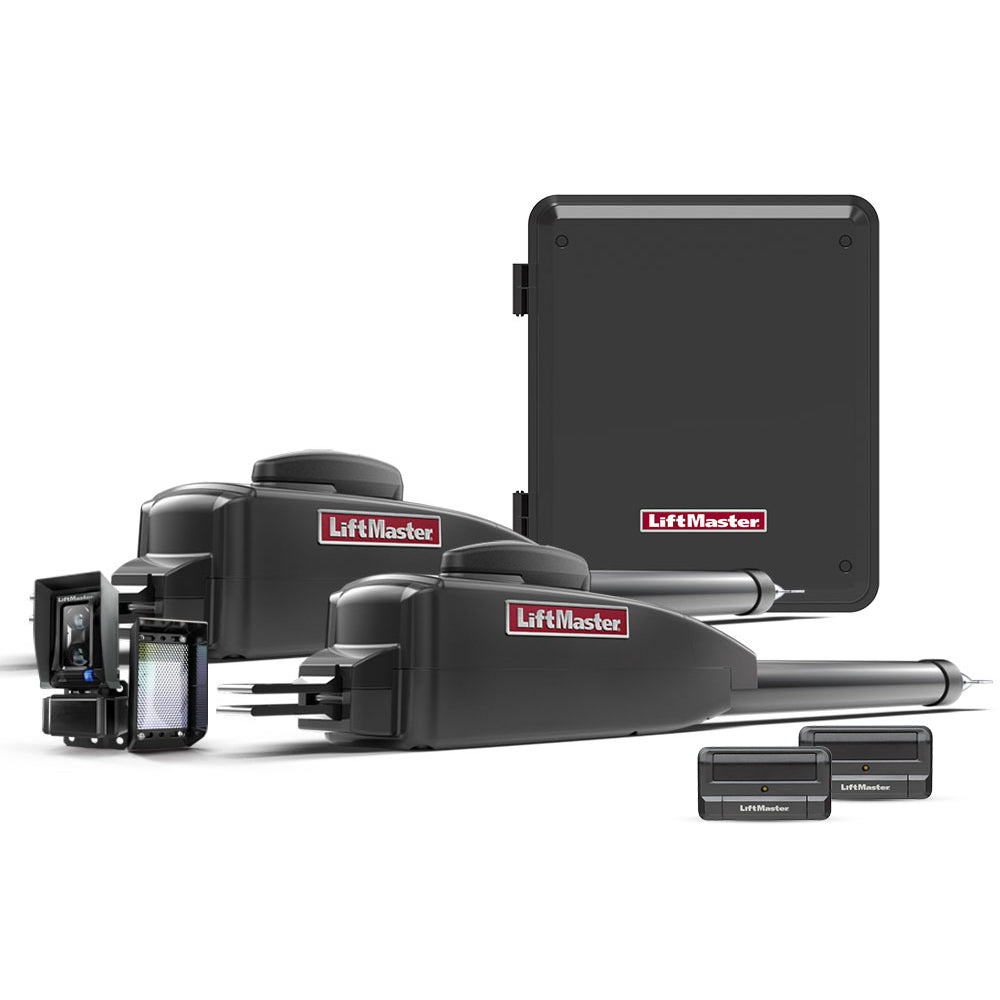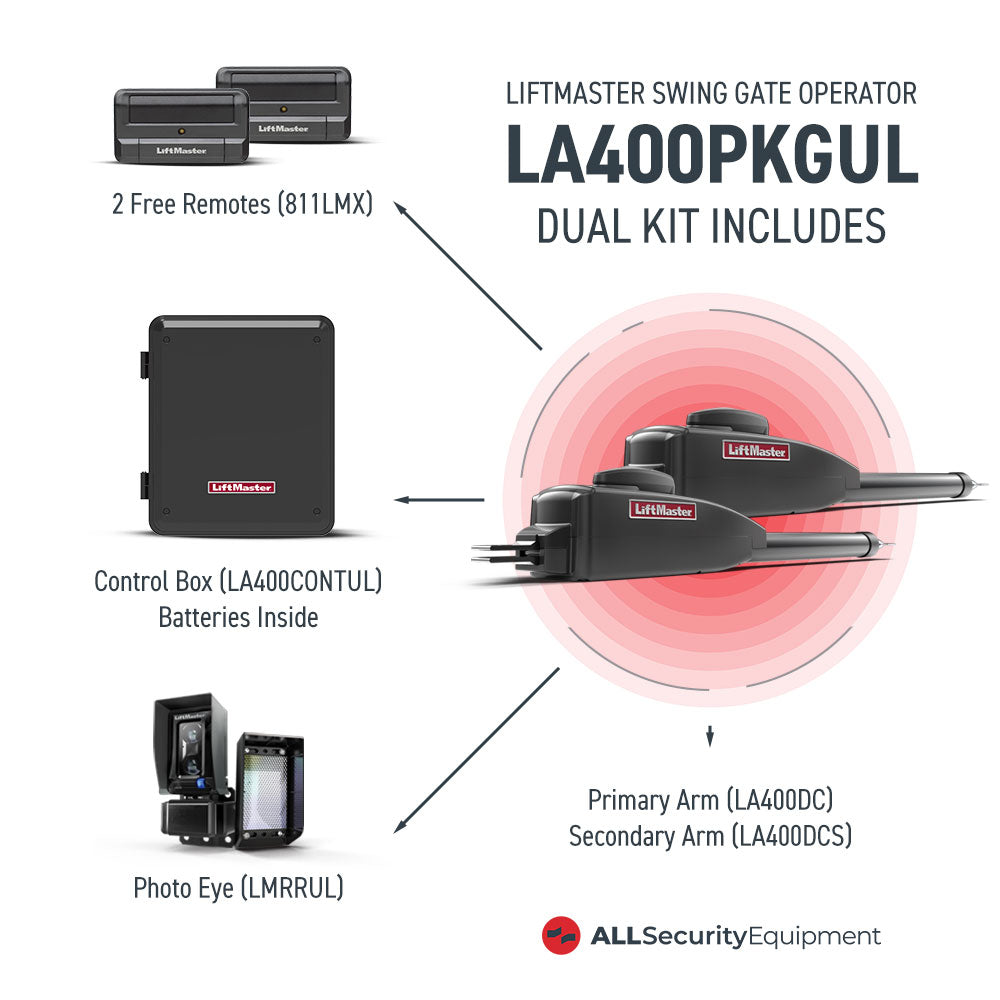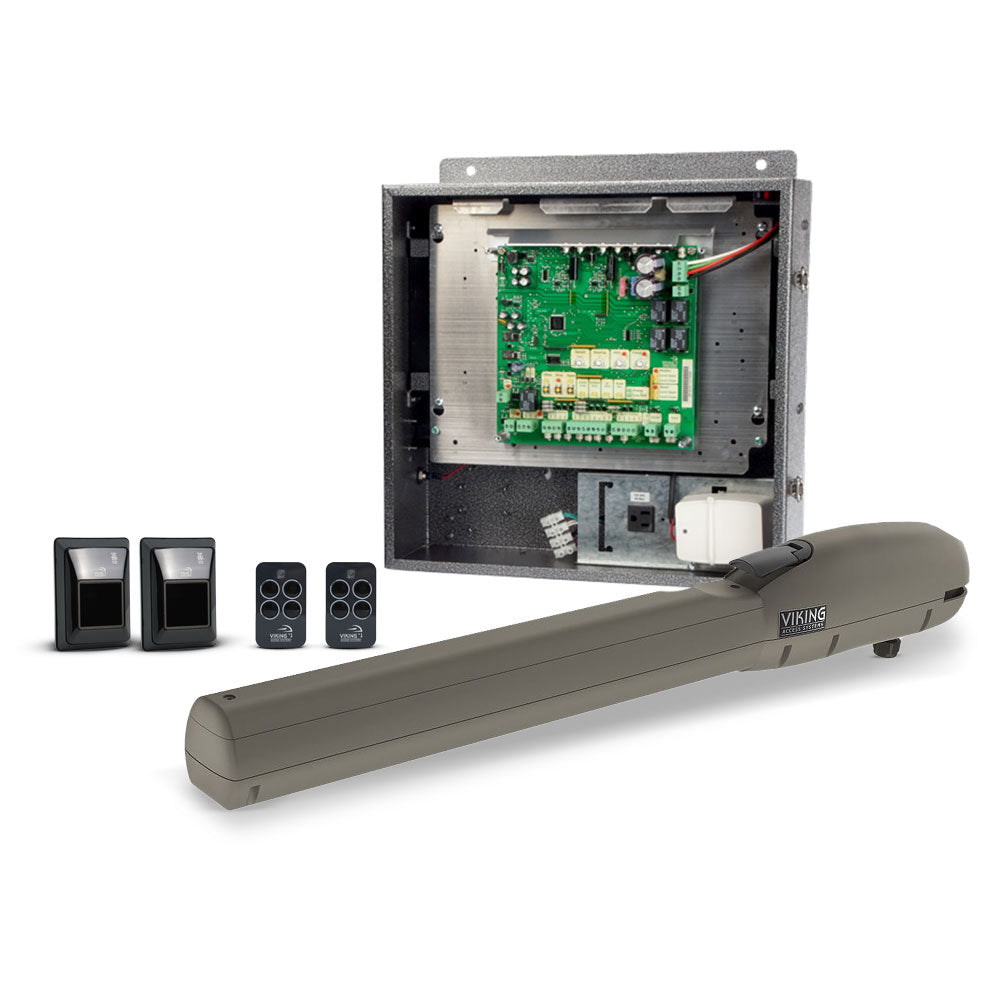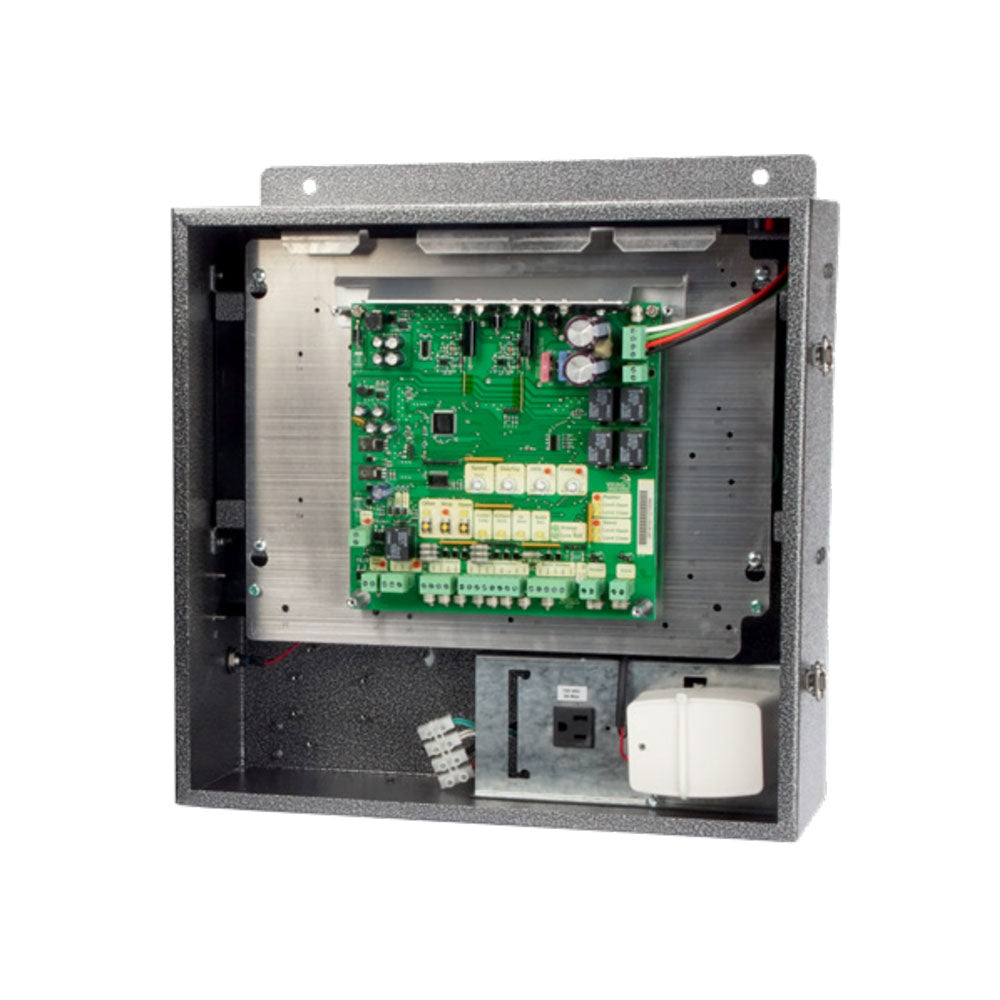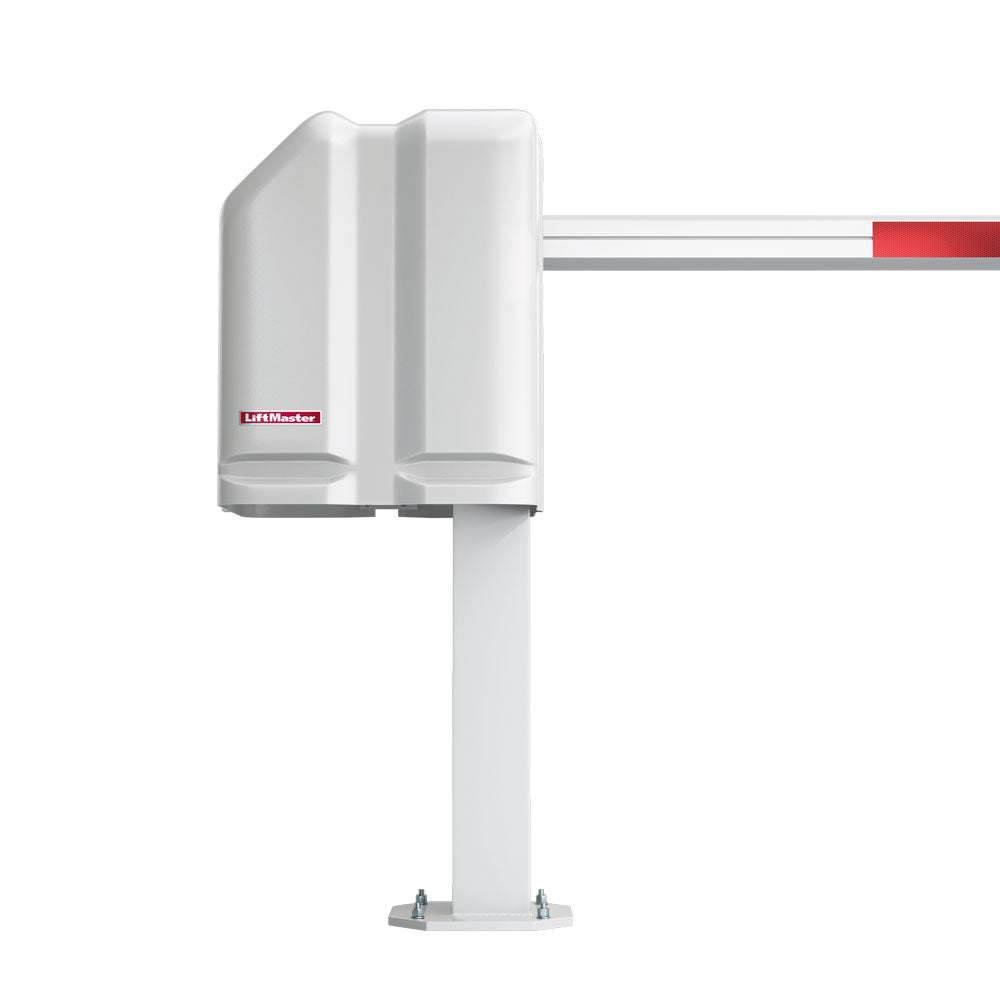For senior living communities, ensuring the safety and security of residents is a top priority. While internal safety is crucial, securing assisted living grounds and the surrounding outdoor spaces is just as vital. A strong perimeter security system provides a solid foundation of protection, giving residents and staff a greater peace of mind.
Why Perimeter Protection is So Important
A good perimeter security plan is more than just fences and gates. It creates a safe, controlled environment where older adults can enjoy outdoor activity, whether it’s walking in a garden, participating in tai chi, or simply spending time outdoors. This freedom is essential for both their physical and mental health.
Without effective perimeter protection, a community can be vulnerable to unwanted visitors, which puts residents and staff at risk. By putting the right physical security solutions in place, you are taking a proactive step to address these concerns and show your commitment to the well-being of every resident.
Key Parts of a Senior Living Perimeter Security System
A complete senior living perimeter security strategy combines physical barriers, technology, and trained people.
1. Fences, Gates, and Barriers: The first line of defense is a well-built physical barrier. Fences and gates for a retirement home should be both secure and attractive. They should clearly mark the property lines without making residents feel trapped. Features like anti-climb designs, self-latching gates, and smart landscaping can make them even more effective.
2. Access Control and Surveillance: Access control systems, such as key cards or digital scanners, make sure only authorized people can enter and leave the property. This is especially important for managing visitors and delivery people—a process that is detailed further in our article on "Visitor Management 101: Keeping Senior Living Facilities Secure and Welcoming". High-quality surveillance cameras placed around the perimeter and in outdoor areas provide constant monitoring. These systems can also be linked to an emergency response plan, so staff can quickly see and deal with any issues.
3. Lighting and Landscaping: Good lighting is a simple but very effective way to prevent crime. Well-lit paths, parking lots, and common areas remove dark spots and make it hard for intruders to hide. Landscaping should also be planned with security in mind. Avoid overgrown bushes or trees near fences and buildings that could offer a place to hide.
4. Emergency and Communication Systems: Beyond surveillance, modern security systems can include panic buttons or wearable devices for residents. These devices can instantly alert staff to an emergency, allowing for a fast and coordinated emergency response. When implementing any new security system, it's critical to consider how it impacts resident data and privacy.
The Human Factor: Well-Trained and Alert Staff
While technology is crucial, the human element is irreplaceable. Training staff on security procedures and emergency plans is vital for ensuring resident safety. An alert staff can quickly respond to alarms or unusual activity, connecting automated systems with a timely human response. Regular drills and training sessions help everyone feel prepared and confident in their ability to handle a security event.
In conclusion, outdoor safety in a senior community requires a multi-layered approach. By investing in comprehensive perimeter protection, communities can create a secure and welcoming place where residents feel safe to enjoy all parts of their home. While the initial investment in this physical security may seem high, understanding the long-term benefits and return on investment is key. We cover this topic in our article on "Security Investments and ROI: The Cost of Safety in Senior Living". (INCLUDE LINK) This commitment to physical security not only protects critical infrastructure but also strengthens residents' sense of independence and peace of mind.

